Description
What is 3G GSM Antenna Dipole Omnidirectional Cellular Antenna?
The CTRF-ANTENNA-AP-7021-13190-SMA item is a 3G GSM Antenna Dipole Omnidirectional Cellular Antenna including the 700MHz, 800MHz, 868MHz, 900MHz, 915MHz, 926MHz, 1800MHz, 1880MHz, 1900MHz, 2100MHz cellular antenna manufactured by C&T RF Antennas Inc.
The 3G GSM Antenna Dipole Omnidirectional Cellular Antenna comes with a straight plastic antenna radome with 13x190mm size and 5dBi high-gain, it has a standard SMA connector insert to the plastic TPEE radome with an IP67 waterproof grade for indoor-outdoor using.
It also has the 400-480Mhz frequency UHF antenna style, 4G LTE antenna style, and 2.4G 5.8G Wifi antenna style.
The 3G GSM Antenna Dipole Omnidirectional Cellular Antenna is supplied by C&T RF Antennas Inc, the cellular antenna manufacturer in China.
C&T RF Antennas Inc provides internal & external antennas with the antenna radio frequencies such as NFC, 169MHz, 230MHz, 315MHz, 433MHz, 868MHz, 915MHz, VHF&UHF, Lora, NB-IoT, ADS-B, GSM, GNSS, Wifi 2.4GHz, 5.8GHz, Cellular 2G 3G 4G LTE, GPS, 5G NR, etc.
C&T RF Antennas Inc. provides RF antennae with Omni & Directional antenna types such as Dipole Antennas, Whip Antennas, Marine Antennas, Router Antennas, MIMO Antennas, Combo Antennas, PCB Antennas, FPC Antennas, Spring Antennas, Magnetic Antennas, Sector Antennas, Yagi Antennas, and Accessories, etc, for IoT & M2M industries.
C&T RF Antennas Inc supplies the 3G GSM Antenna Dipole Omnidirectional Cellular Antenna with the straight radome antenna, bendable radome antenna, with Ipex connector coaxial cable antenna along with the other frequencies such as 2G GPRS, 3G GSM, 2.4G 5G Wifi, etc.
Contact us for more details on the 3G GSM Antenna Dipole Omnidirectional Cellular Antenna such as the 3G GSM Antenna datasheet, 3G GSM Antenna pricing, and 3G GSM Antenna inventory. Or other 3G GSM Antenna styles.
3G GSM Antenna Dipole Omnidirectional Cellular Antenna Specifications
3G GSM Antenna Dipole Omnidirectional Cellular Antenna Electrical Specifications |
|
| RF Antenna Type | Omni Rubber Duck Antenna |
| Model | CTRF-ANTENNA-AP-7021-13190-SMA |
| Frequency Range | 698-960MHz, 1710-2100MHz |
| Gain | 3/4dBi |
| VSWR | ≤2.0 |
| Impedance | 50 Ω |
| Polarization | Linear |
| Directional | Omnidirectional |
| Connector | SMA Male |
| Max Power | 50W |
| Lightning Protection | DC-Ground |
3G GSM Antenna Dipole Omnidirectional Cellular Antenna Mechanical Specifications |
|
| Dimension | 13*190mm |
| Weight | Approx. 15g |
| Radome Material | Plastic ABS |
| Operation Temperature | -20˚C ~ +85˚C |
| Storage Temperature | -40˚C ~ +80˚C |
| Color | Black |
| Antenna Design | Dipole Array |
| Mounting | SMA Connector |
| Safety Emission and other | RoHS Compliant |
| Applications | ISM/SCADA/Utilities, IoT/NB-IoT/LoRa/PCS, 2G/GPRS/3G/GSM/UMTS, etc. |
3G GSM Antenna Dipole Omnidirectional Cellular Antenna Video
What is GSM?
Global System for Mobile Communications, abbreviated as GSM, is a digital mobile communication standard formulated by the European Telecommunications Standards Organization ETSI. Its air interface uses time division multiple access technology.
Since it was put into commercial use in the mid-1990s, it has been adopted by more than 100 countries around the world. The ubiquity of the GSM standard makes international roaming common for users after signing roaming agreements between mobile phone operators.
The biggest difference between GSM and its previous standards is that its signaling and voice channels are all digital, so GSM is regarded as the second generation (2G) mobile phone system.
There are three versions of GSM, each of which uses a different carrier frequency. The original GSM system used a carrier frequency of around 900 MHz. Later, GSM-1800, also known as DCS-1800, was added to support the ever-increasing number of users.
The carrier frequency it uses is around 1800MHz, and the total available bandwidth is about three times the available bandwidth around 900MHz, and it reduces the maximum transmit power of the mobile station. Otherwise, the GSM-1800 is exactly the same as the original GSM.
Therefore, signal processing, switching technology, etc. can be used in the same way without any changes. A higher carrier frequency means greater path loss, and at the same time, a reduction in transmit power will result in a significant reduction in cell size.
This practical effect, together with the wider available bandwidth, allows the network capacity to be considerably expanded. The third system is called GSM1900 or PCS-1900 (Personal Communication System), which works on the 1900MHz carrier frequency and is mainly used in the United States.
GSM is an open standard. This means that only the interface is specified, and the specific implementation form is not restricted. As an example, let us consider the modulation method used by GSM, namely GMSK.
The GSM standard specifies the upper limit of out-of-band emission, phase jitter, and intermodulation products. How to achieve the required linearity depends on the equipment manufacturer.
Therefore, this open standard ensures that all products from different manufacturers are compatible with each other, although they may still differ in quality and price.
For service providers, compatibility is particularly important. When using a proprietary system, the service provider can only select the equipment supplier once during the initial network construction stage.
For GSM (and other open standards), service providers can first purchase base stations from a certain manufacturer, and then in order to achieve network expansion, they can purchase base stations from another manufacturer with more reasonable prices. Service providers can also buy some parts from one company and other parts from another company.
3G GSM Antenna Dipole Omnidirectional Cellular Antenna Features
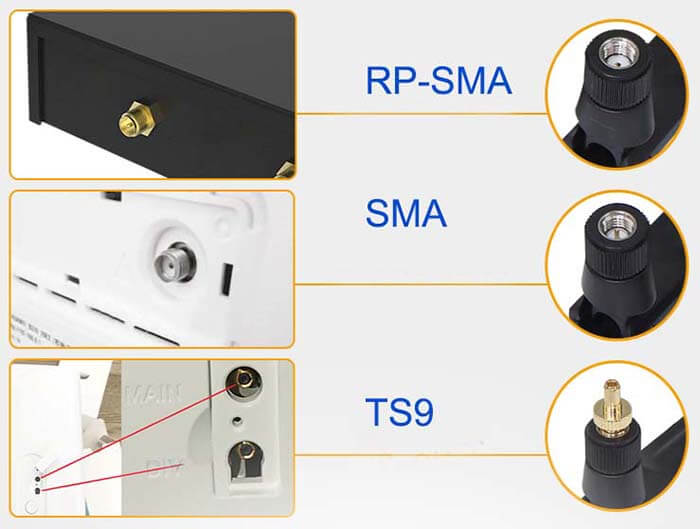
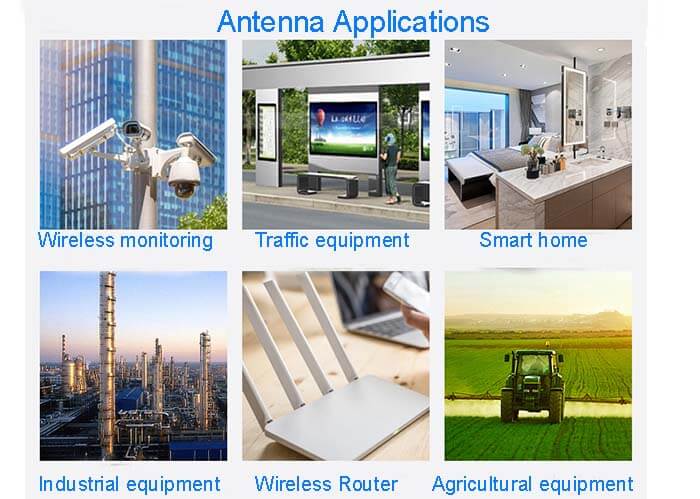

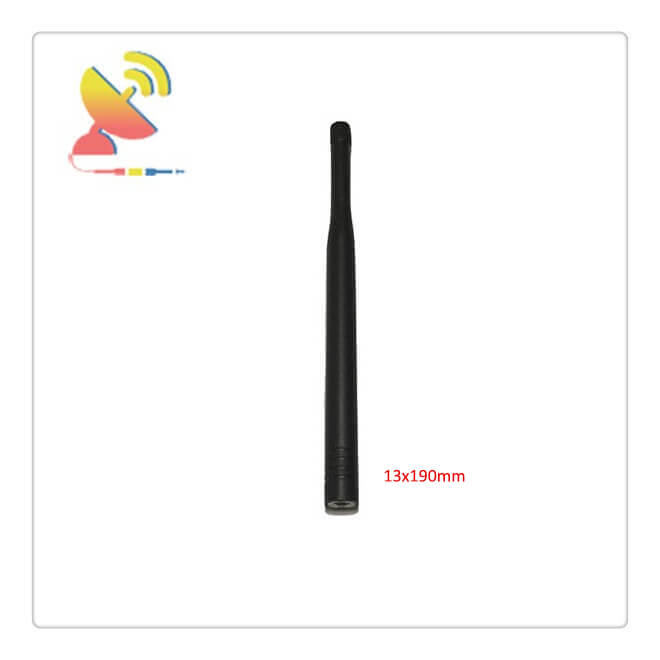
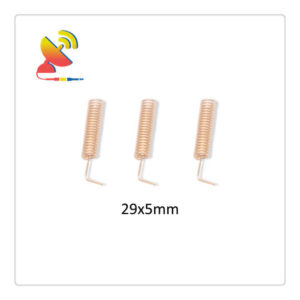
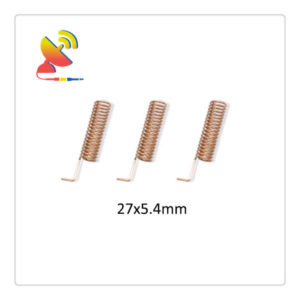
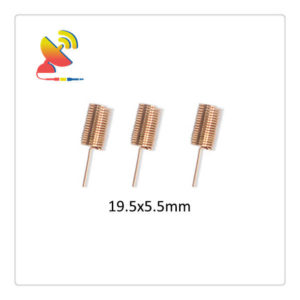
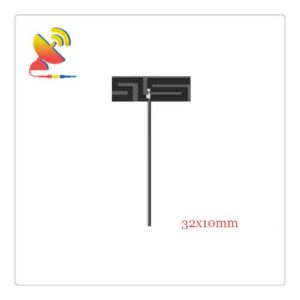
Reviews
There are no reviews yet.